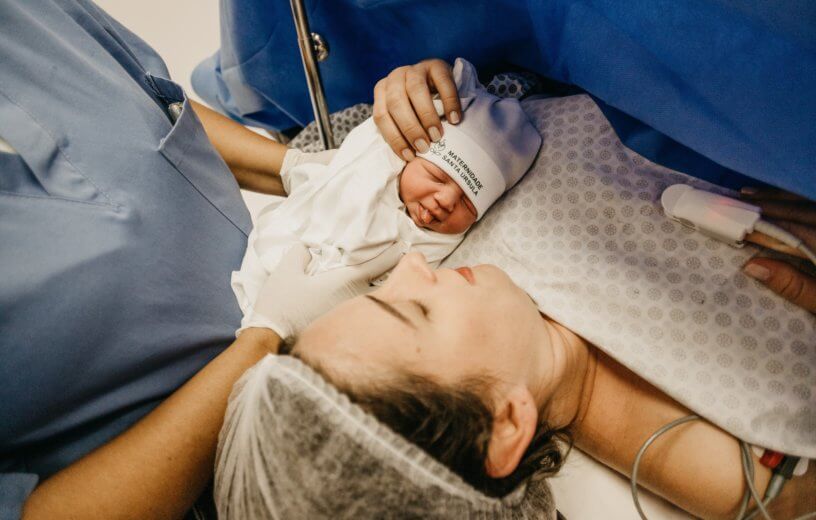ANN ARBOR, Mich. — It probably won’t come as a shock to hear that healthcare in the United States is expensive. Still, researchers at the University of Michigan suggest the cost of having a child is becoming too much for many families to bear – even with private insurance. Between 2016-2019, their study finds privately insured families paid an average of $3,000 out-of-pocket on maternal and newborn hospitalizations. For one in six families, that bill exceeded $5,000. In the event of neonatal intensive care, one in 11 families paid over $10,000.
“Childbirth is the most common reason for hospitalization in the U.S.,” says lead study author Kao-Ping Chua, M.D., Ph.D., a pediatrician and researcher at Michigan Health’s C.S. Mott Children’s Hospital and the Susan B. Meister Child Health Evaluation and Research Center, in a university release. “Our findings show that some privately insured families are shouldering an astoundingly high financial burden for childbirth-related hospitalizations.”
“Many privately insured families believe that if they have health insurance, they’re protected from the costs of childbirth hospitalizations. Unfortunately, this is simply not true for many families, particularly if their baby needs NICU care,” Dr. Chua adds. “Having a healthy baby is expensive enough given the costs of diapers, childcare, and baby equipment. Adding a $10,000 hospital bill on top of this can devastate some families.”
Deductibles and co-pays add up fast
Study authors analyzed national data on over 12 million privately insured enrollees living in all 50 U.S. states during this project. That process led to researchers identifying 398,410 maternal deliveries connected with at least one newborn hospitalization covered by the same family plan.
Among all included births, the average cost per delivery was $3,068. If a C-section was needed that average figure jumped to $3,389 and if NICU care was necessary the average bill was $4,969. Among families who needed NICU care, nine percent ended up paying more than $10,000.
Meanwhile, various high-deductible health plans covered deliveries and newborn hospitalizations roughly 30 percent of the time. However, deductibles and co-pays make up the bulk of out-of-pocket costs.
Dr. Chua explains that the inspiration for this research came from paying a $5,000 out-of-pocket bill following the birth of his second daughter.
“This is an issue that impacts millions of Americans at some stage in their lives,” he notes.
“Before delivery, clinicians can help privately insured families understand their childbirth benefits. If large bills are expected, clinicians should advise families to save money, assuming they have the means to do so. After delivery, clinicians should screen families for financial hardship, particularly those experiencing resource-intensive hospitalizations, such as NICU care, and connect them with local resources to address food, housing, and financial insecurity.”
Should U.S. insurers start excluding child delivery fees?
Study authors hope that healthcare policies and pricing change sooner rather than later. They add having a child or starting a family shouldn’t be a financial burden before even leaving the hospital. Ideally, researchers suggest insurers waive most or all hospitalization cost-sharing. This is already standard practice in many other high-resource nations.
“Maternal and childbirth hospitalizations are essential to families’ health and wellbeing, with some babies needing longer stays because of complex or unexpected medical conditions,” concludes senior study author Michelle Moniz, M.D., M.Sc., an obstetrician gynecologist at University of Michigan Health Von Voigtlander Women’s Hospital.
“These services are vital to ensuring the best possible outcomes for moms and newborns. We should be looking at ways to improve childbirth coverage to avoid sending families home from the hospital with thousands of dollars in debt.”
The study is published in Pediatrics.
